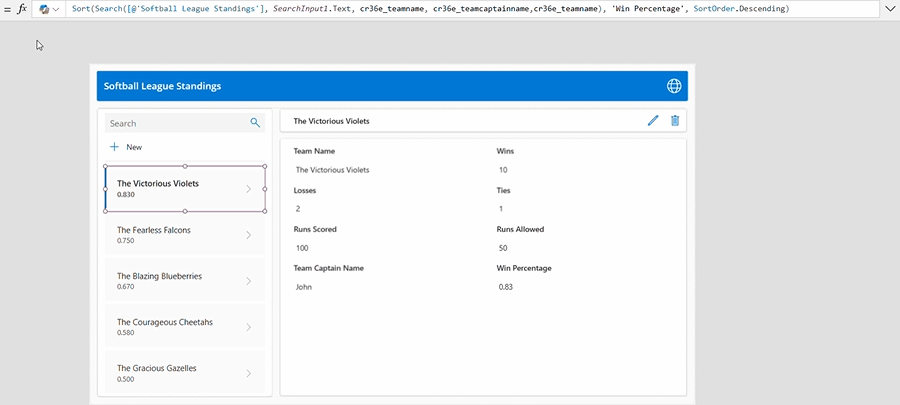
What’s new in Power Apps: September 2024 Feature Update
Get started with the latest updates today!
Jump into Power Apps to try the latest updates, you can use an existing environment or get started for free using the Developer plan.
AI-powered Development
This month on Power Apps Pulse!
This month we’re excited to share improvements to Modern Theming, a new responsive template to create a list and details screen with lightning speed, a way to choose a data source for multiple controls on a screen with one click, and a new way to open existing .msapp files. See how in this month’s Power Apps Pulse!
Start building from plans, announced at PPCC
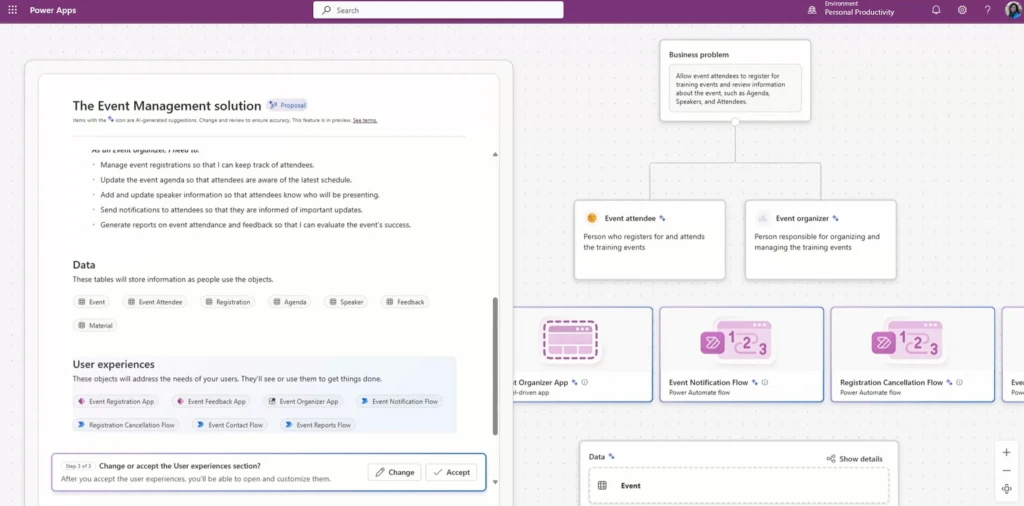
Great solutions don’t (usually) start in code, or by immediately designing the UI. Most experienced developers and teams start with an understanding of the problem, the users involved, and their requirements, before they even write the first line of code or draft a first app screen. We’re excited to bring the ability to build a plan to the Power Apps Studio. With this ability developers will be able to start working on the business problem in an iterative discussion with Copilot in Power Apps – they will be able to better keep connection between the business requirements and the solution they are building. This iterative and outcome focused development cycle can all happen right within Power Apps Studio.
Plan designer is rolling out initially as an Early Adopters Program, you can read the blog to find out how to sign up.
Copilot Power Fx Formula Explanations now available in GCC

We are excited to share that we are bringing the Copilot experience to our Government Cloud customers! As of September 24th, you will begin to see the Formula Bar Copilot button enabled for GCC (Government Community Cloud) environments and tenants that have authorized the use of Copilot and have enabled cross-region data movement for the environment. From the Copilot button, you can select the option to Explain the Formula and receive a natural language description of what the formula is doing in the context of the app. The “Explain the Formula” feature can help you quickly diagnose problems in an app by explaining each formula in simple to understand terms.
More exciting Copilot features for GCC are on the way! We can’t wait for you to try it out! Please share your thoughts and any feedback you may have by clicking the Thumb Up/Down icon in the explanation window.
Intelligent Application workload guidance as part of Power Platform Well-Architected
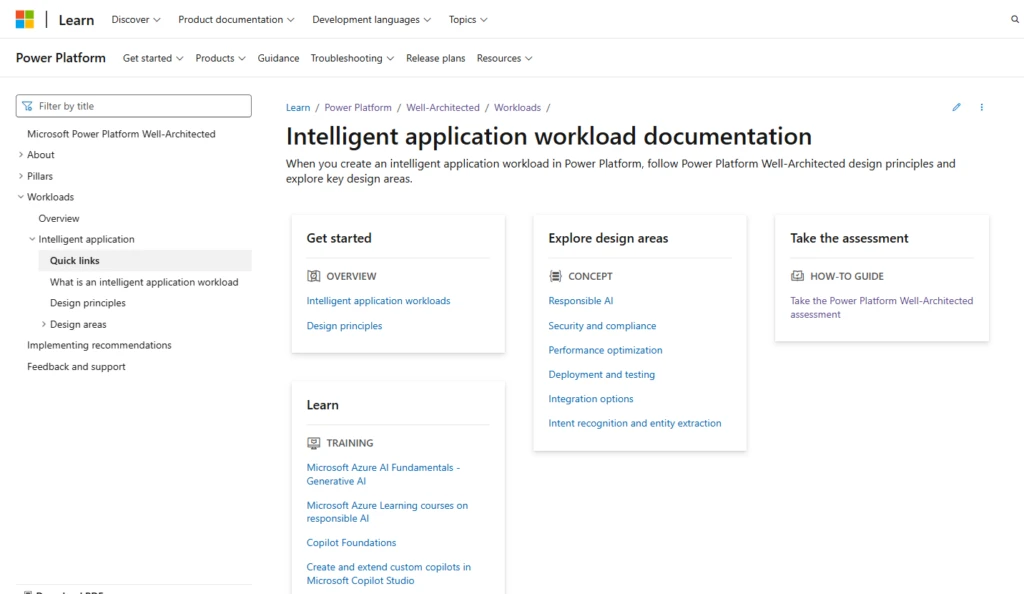
We are excited to announce the release of new documentation on Intelligent Application Workloads in Power Platform, as part of Power Platform Well-Architected. This comprehensive guide provides actionable insights for planning, developing, and maintaining intelligent application workloads, leveraging the Power Platform Well-Architected design principles. Key areas covered include responsible AI, security and compliance, performance optimization, deployment and testing, and integration options. Whether you’re a workload owner, technical stakeholder, or business stakeholder, this guide is designed to help you build robust, secure, and efficient intelligent applications.
Enterprise-Grade Governance
Announcing Public preview for mask sensitive data with column-level security
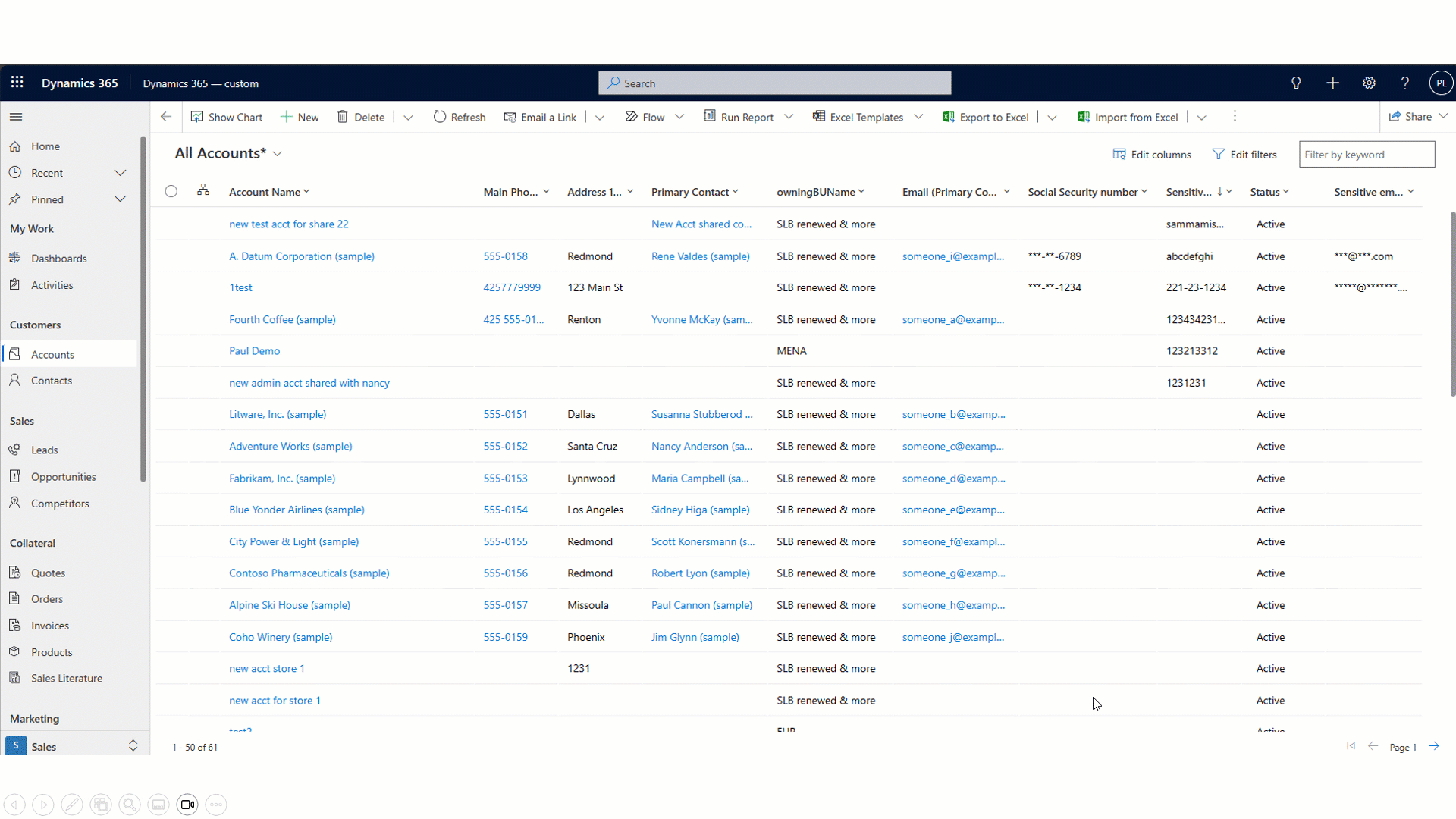
All enterprise and financial customers are required to protect their customers’ personal data and sensitive information from data leaks.
Highly privileged users who have access to customers’ personal data and sensitive fields can see these fields in their entirety. There is a risk when these employees can download sensitive information using bulk export operations. With this feature, the admin can mask sensitive fields and eliminate the risk of sensitive data being bulk exported.
Column-level security – Power Platform | Microsoft Learn
Create and manage masking rules (preview) – Power Platform | Microsoft Learn
General availability for cross-tenant license recognition Power Apps using Dataverse
To reduce administrative overhead for multi-tenant organizations using Power Apps, we are super excited to announce the general availability of cross tenant license recognition for canvas and model driven apps using Dataverse! When end-users access an app outside of their home tenant, Power Apps recognizes use rights the user has in both their home tenant or in the resource tenant (where the app is hosted). This is an enhancement to the cross tenant license recognition that already existed for canvas apps not using Dataverse.
Power catalog is Generally Available
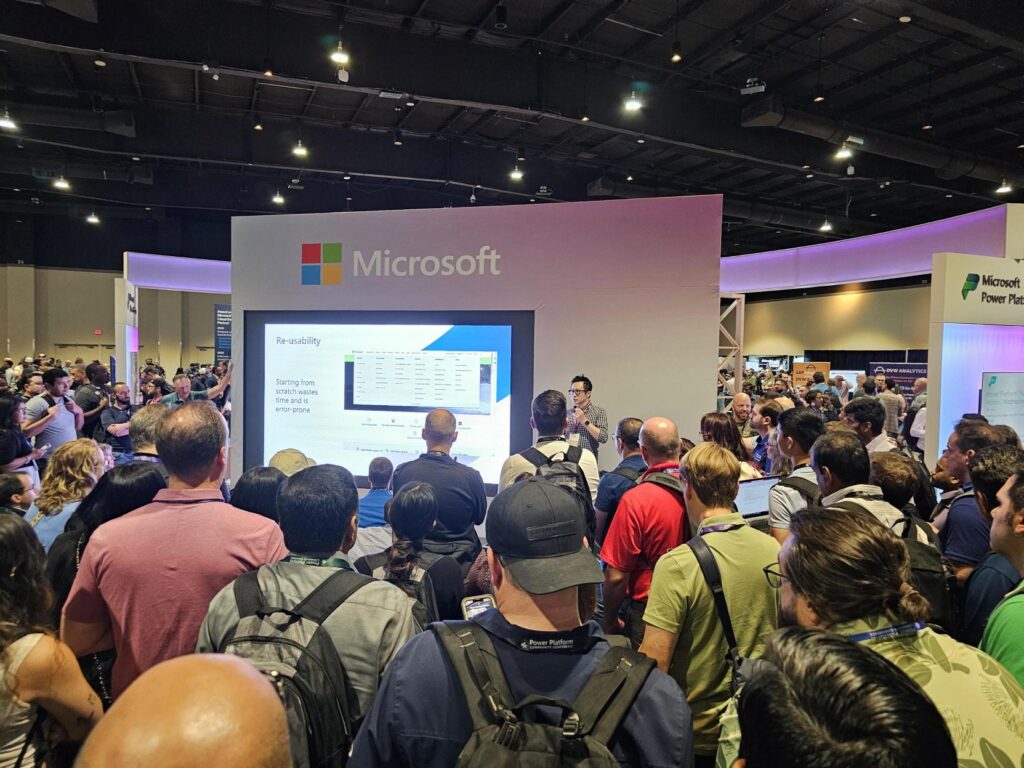
The catalog enables makers to share and install re-usable components and templates that are customized for their orgs, by their orgs. This provides much more useful starting points than generic templates.
Because the Catalog is built on top of our Solutions framework, you can also easily install Catalog items from any environment in a tenant, update items so that makers use the most recent, authoritative version, and have Catalog components accessible from authoring experiences, like Canvas Studio.
The Catalog also comes with Enterprise level security. By default, Catalog items must be approved by a delegated approver before they can be officially published and accessible by your org. There are also access controls for users to be able to submit, acquire, approve, or administer the Catalog. In order to resubmit new versions, a maker needs to belong to the original publishing group. The Catalog now enables you to manage your re-usable assets across your tenant in a secure way.
Virtual table to Dataverse native table relationship

Unlocking the power of Virtual Tables
In the fast-paced world of data management, the ability to seamlessly integrate and relate data across various sources is essential. One of Dataverse’s features is its support for virtual tables, which enables real-time data access from external systems without the need to duplicate data within Dataverse. We are announcing General Availability of new capability which allows Makers the ability to create N:1 relationships between Dataverse virtual tables and Dataverse native tables.
Enhancement Enables Business Value
Unified Data View: With this feature users can take business decisions with a more cohesive data view that spans across native and external data sources. This is especially useful for organizations that maintain critical data in external systems but want to leverage the powerful data view and relationship capabilities of Dataverse.
Streamlined User Experience: For end-users, this means a more seamless experience. They can work with data from various sources without needing to know or care where the data is physically stored. Whether it’s a customer record in Dataverse or an order history stored in an external SQL database, the user interaction remains consistent.
By relating virtual and native tables, you can unlock new possibilities in reporting and analytics. Imagine creating a report that combines data from an external ERP system with native Dataverse data, all within the same environment.
Content: Setting up relationships with virtual tables with Power Apps – Power Apps | Microsoft Learn
Learning and Documentation Updates
Training Paths and Labs
Updated Training
- Create formulas that use tables, records, and collections in a canvas app in Power Apps – Training
- Create formulas to change properties in a Power Apps canvas app – Training
- Set up low-code plug-ins – Training
- Get started with Power Apps canvas apps – Training
- Create tables in Microsoft Dataverse – Training
- How to build the User Interface in a canvas app in Power Apps – Training
- Make your app like a pro – Training
- Use Power Query to load data in Dataverse – Training
- Work with external data in a Power Apps canvas app – Training



